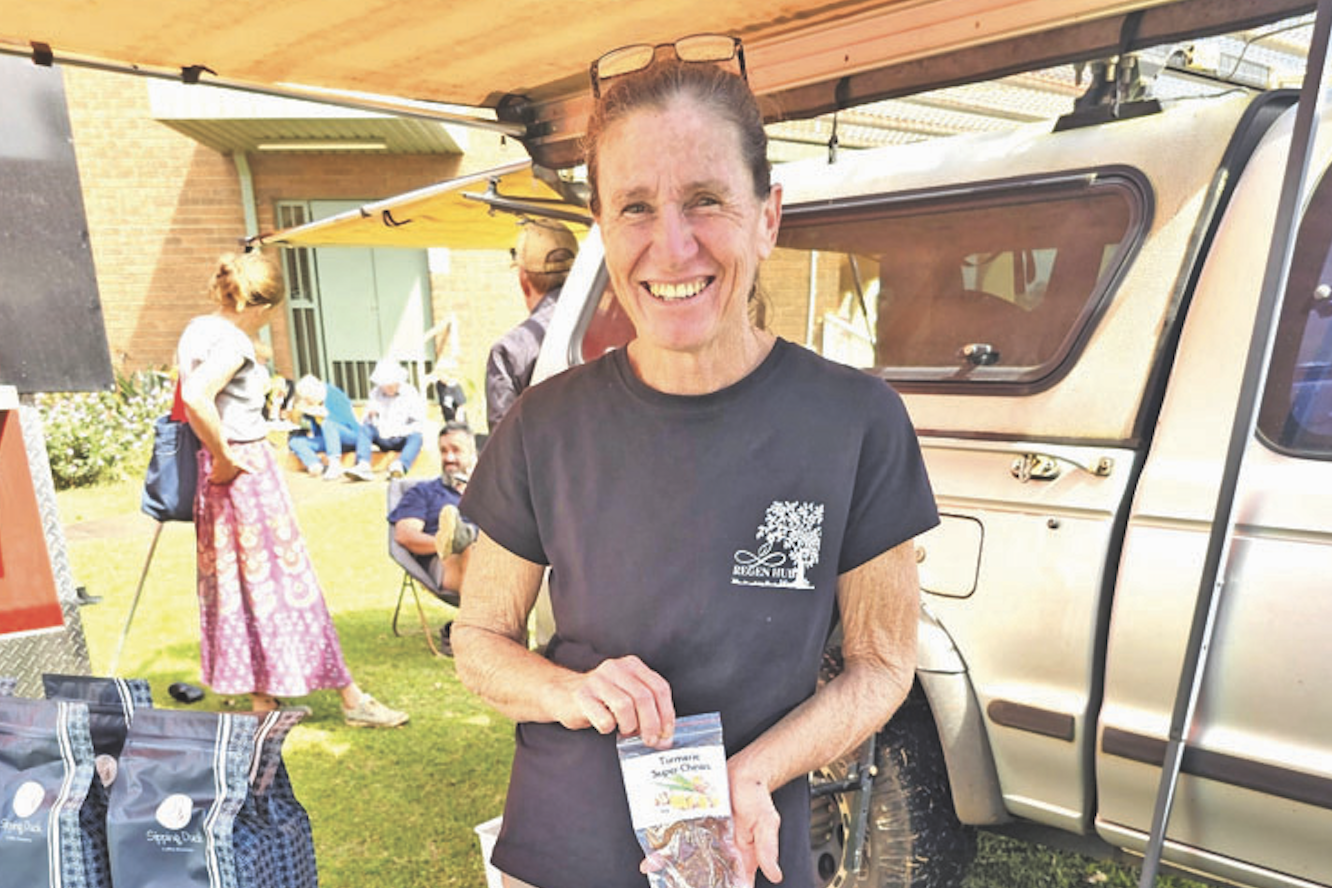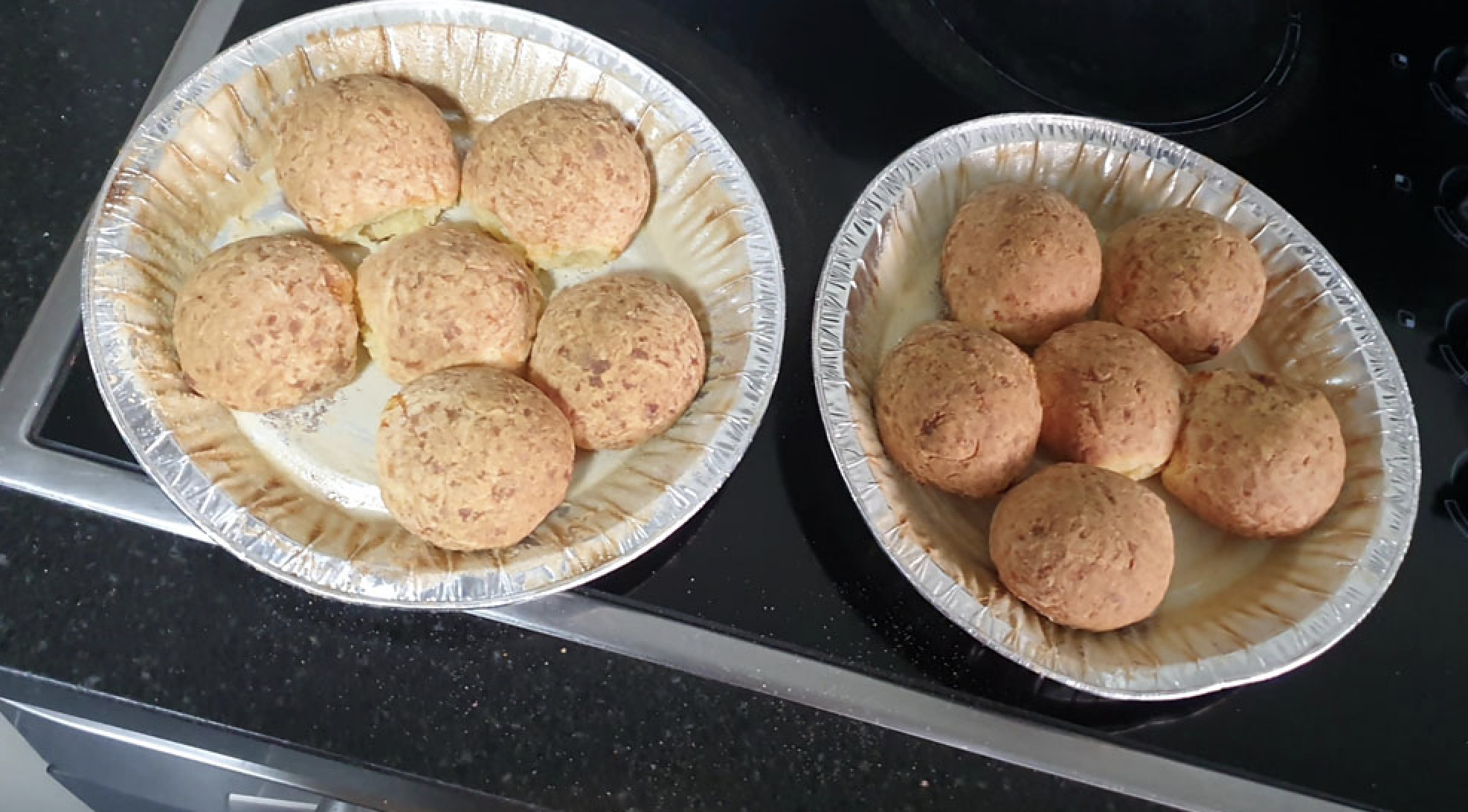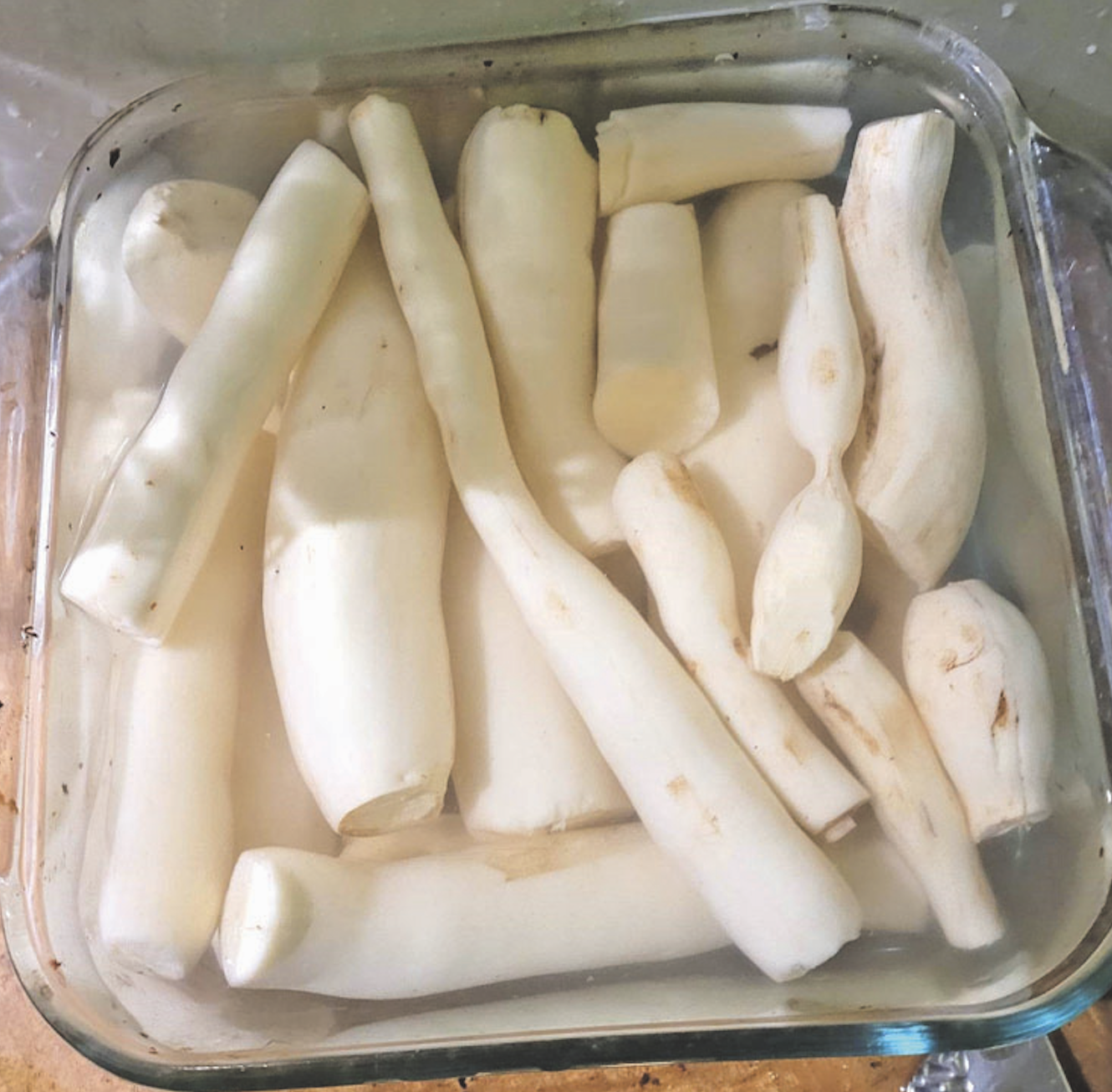Community & Business
22 September, 2023
Cassava grows in popularity
ONE of the most versatile crops known to man is rapidly gaining popularity on the Tablelands.

Tablelands Regen Hub co-owner Jane Hawes said she initially chose to plant cassava five years ago on the family property located at Tolga.
Now, the whole farm has a large proportion of cassava growing on it in a polyculture system which mimics the diversity of natural ecosystems as opposed to a monoculture one.
“It is a highly efficient plant in terms of the sheer value of production that can be obtained from it in relation to the amount of area which it occupies, far surpassing wheat,” Jane said.
“Cassava also works really well with fungal interactions within the soil and balances soil microbes and pathogen levels.
“It works really well with the soil and is an extremely beneficial plant to the soil.
“Cassava releases carbohydrates into the soil which feed soil microbes.”
Jane and her husband Neil and daughter Racquel are one of the very few commercial growers of cassava on the Tablelands.
Cassava is a major multicultural staple in the developing world, providing a basic diet for more than half a billion people. It is the third largest source of food carbohydrates in the tropics, after rice and maize.
The Commonwealth Scientific and Industrial Research Organisation (CSIRO) conducted research on a monoculture stand of cassava in Dimbulah around 2017.
It was a very unique variety according to Australian owned cassava flour supplier, Three Spades, located in Brisbane.
There is a growing market on the Tablelands for cassava roots which are sold fresh. They are in demand from people who come from overseas and are working on the Tablelands.
Having incredible regenerative properties, cassava is an excellent resource for landowners interested in regenerative and multi-use plant species
Being economical to cultivate, it is planted by way of “sticks” which are vegetative sections of the plant.
“From planting to harvesting can take from eight to 12 months in warmer zones and over 12 months in colder zones,” Jane said.
“It is one of the most drought tolerant crops available, can grow on marginal soils and requires a minimal amount of fertiliser to be grown.
“Cassava is one of the most resilient plants out there and is also very resilient to pests and diseases, so much so that after processing into flour, weevils will not be attracted to it or be able to live in cassava flour.
“The flour is not affected by weevils in any way and can last for up to 10 years.”
There are white and yellow fleshed varieties of the plant, with the yellow fleshed variety being the sweet form of cassava.
An extremely versatile plant, cassava is used for food, animal feed and industrial purposes. In many countries, significant research has begun to evaluate the use of cassava as an ethanol biofuel feedstock.
The starch made from cassava is called tapioca and alcoholic beverages can be made from it as well. It can even be used as a natural insecticide.
Tablelands Regen Hub recently hosted a highly successful “Cassava Demo Day” for people interested in learning about the planting, harvesting, processing and cooking of cassava.
A particular highlight of the day was the showcasing of cassava cookery by chefs as applied in their own cultures.
“We wish to educate and inspire the community about the benefits of cassava,” Jane said.
Cassava can be cooked in many ways. The root of the sweet variety has a delicate flavour and can replace potatoes. It can be made into flour that is used in breads, cakes and biscuits.
Tablelands Regen Hub is investigating the possibility of cassava roots produced on their property being processed into flour by a southern processor.
Cassava must be cooked properly to detoxify it before it is eaten. People need to be mindful of this fact and apply the same principle to cassava as they would to rhubarb and green potatoes.
Raw cassava contains chemicals called cyanogenic glycosides. If eaten, these can release cyanide into the body.
Cassava is highly prized for being gluten free and high in fibre, being particularly high in resistant starch.
It is known to promote digestive and metabolic health, reduce inflammation and also reduce the risk of obesity and Type 2 diabetes.
The leaves, as well as the roots can be eaten, and a tea can be made from the leaves which has proved to be of benefit to men suffering from prostate conditions.





